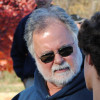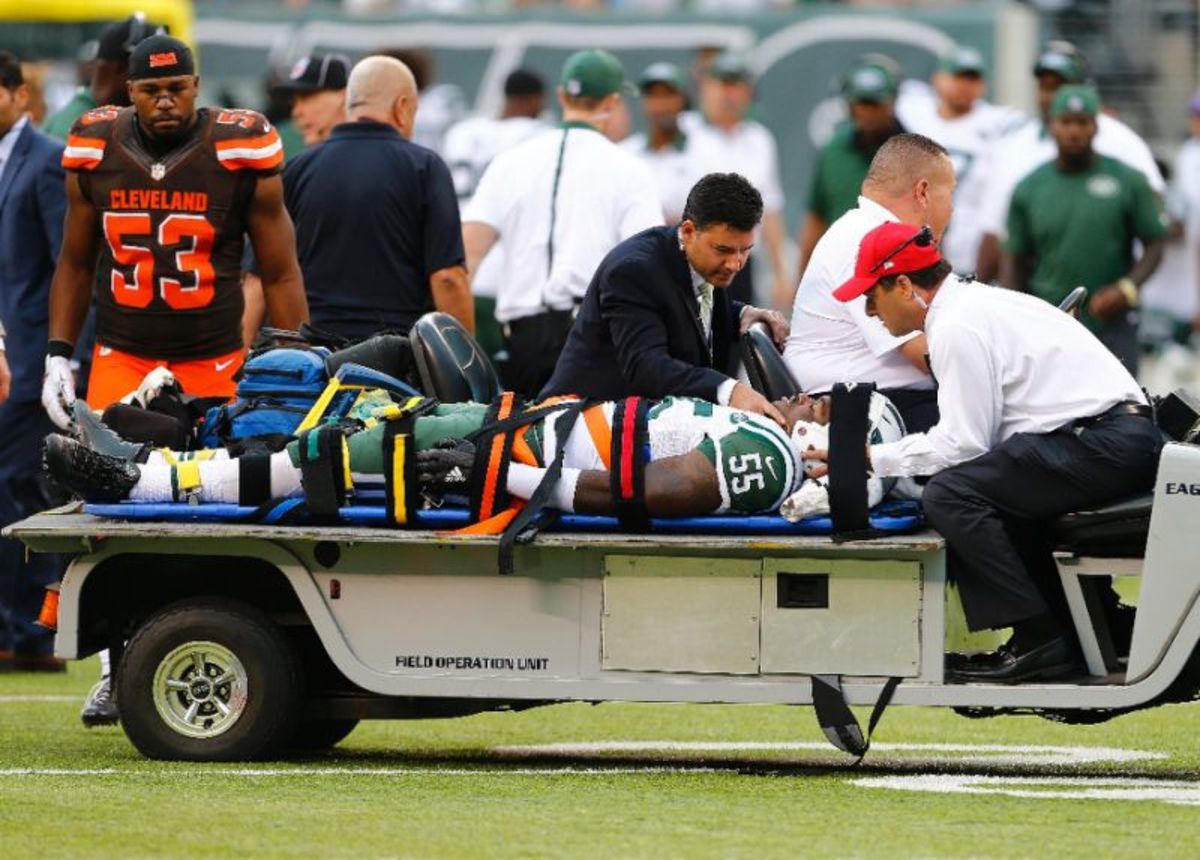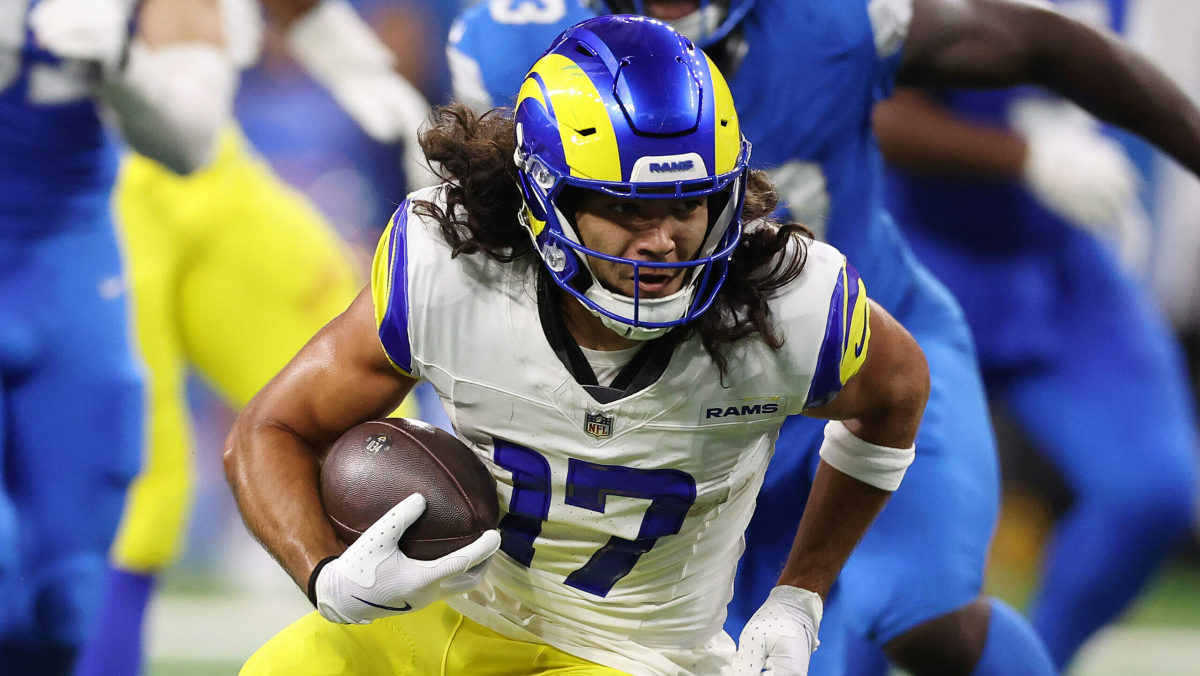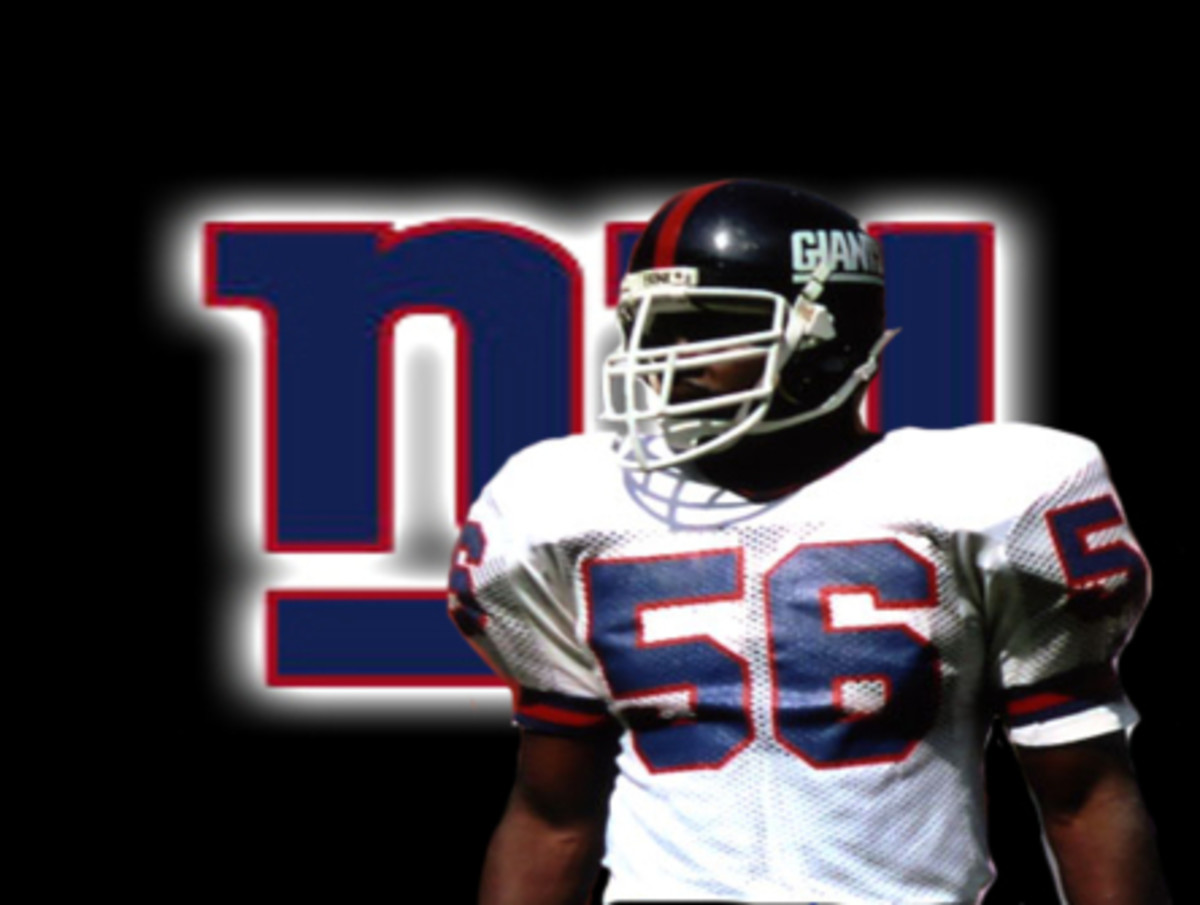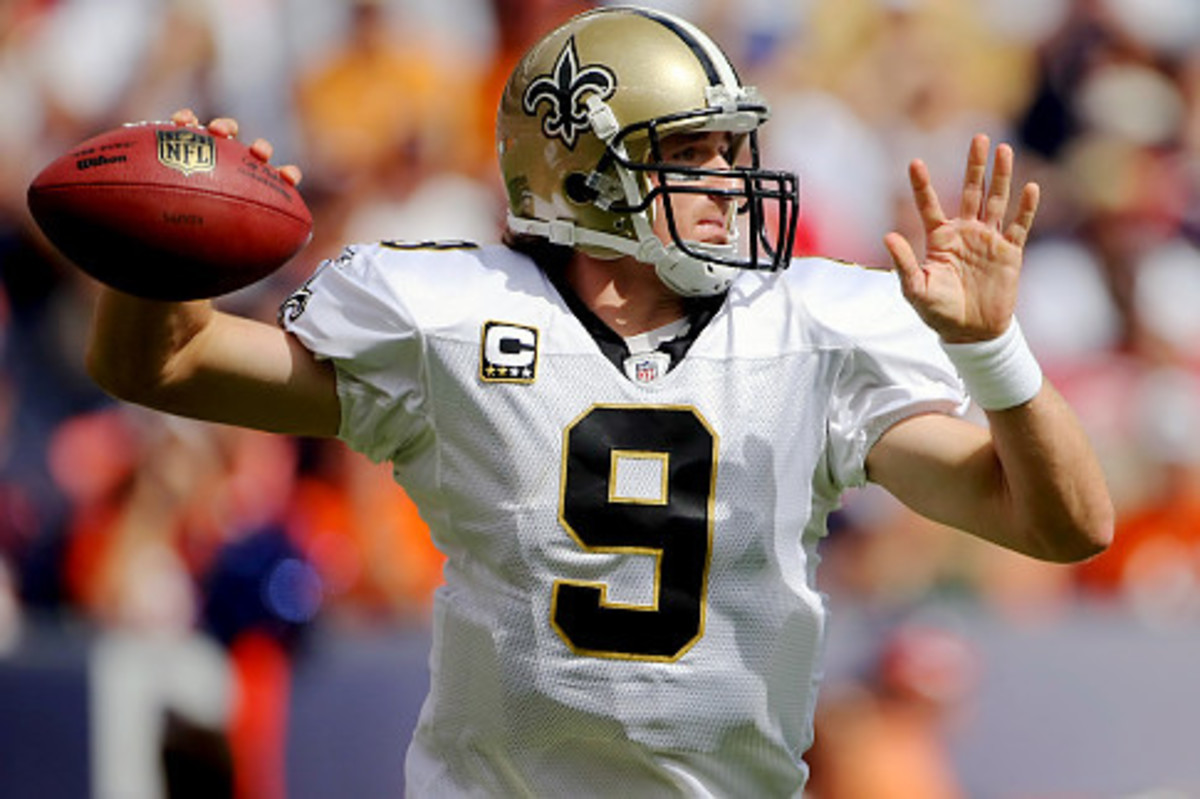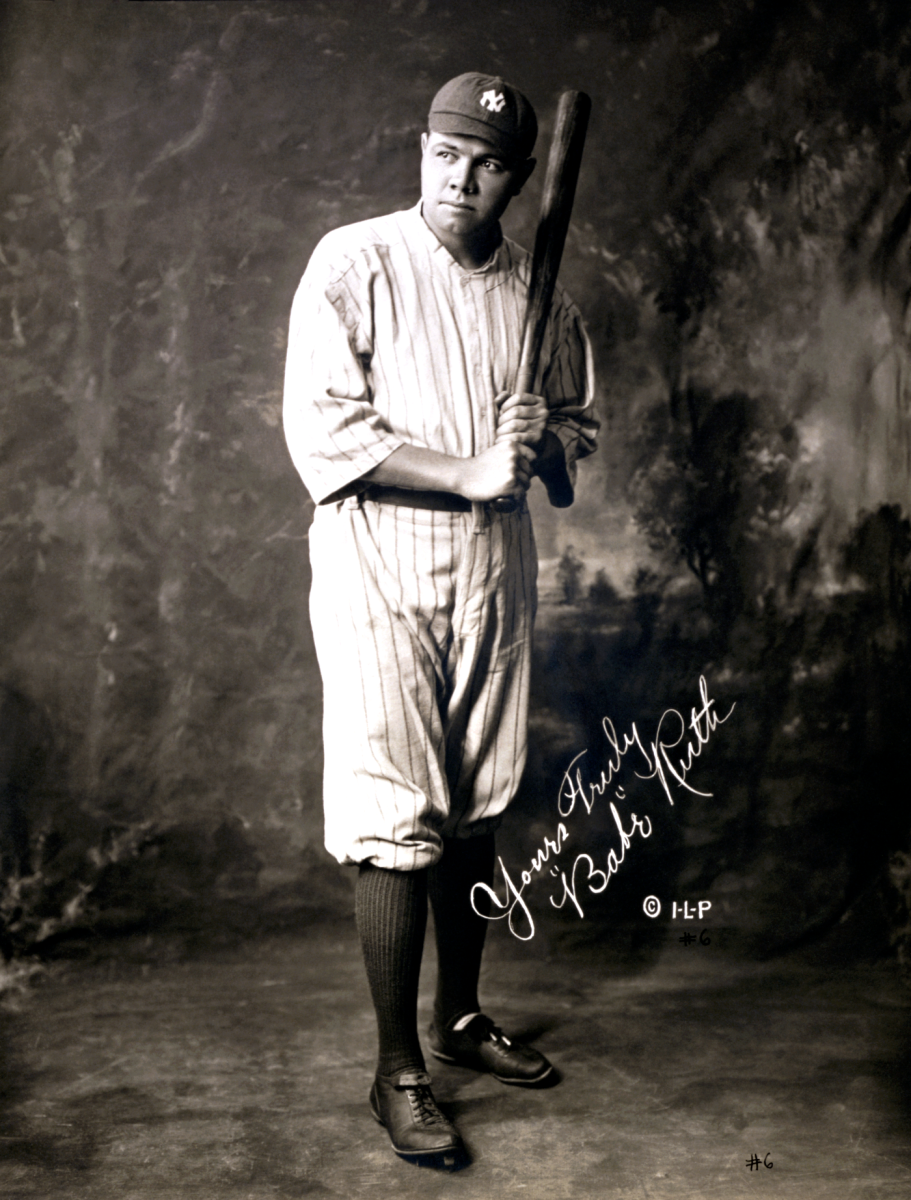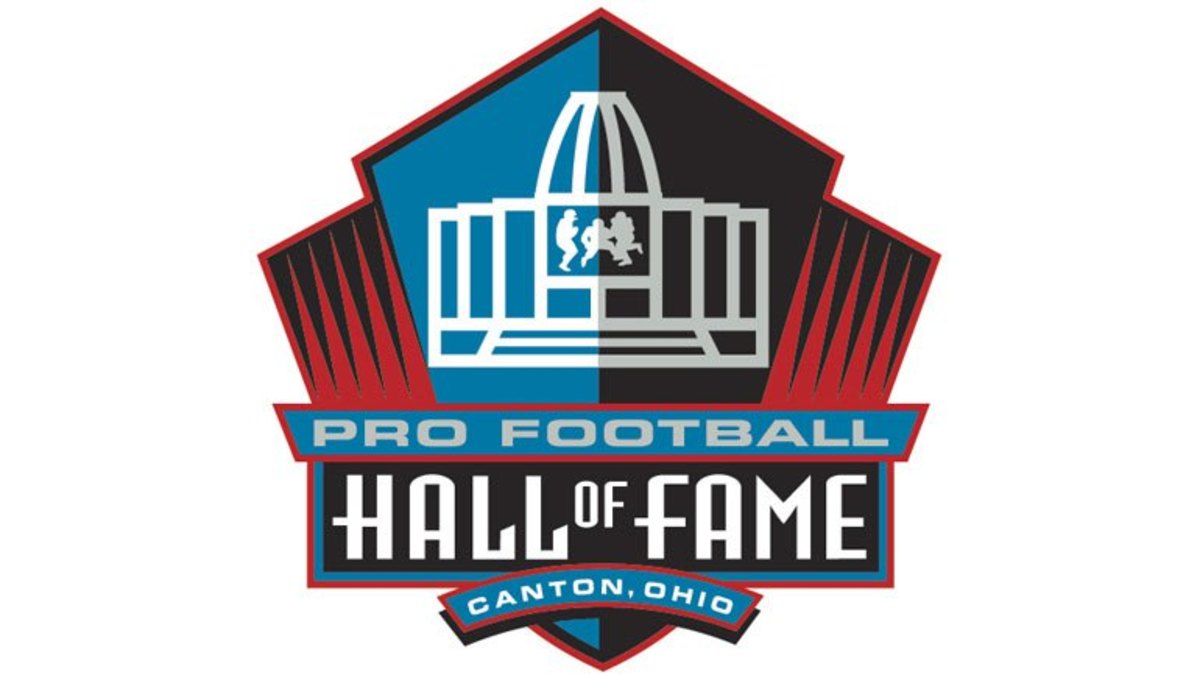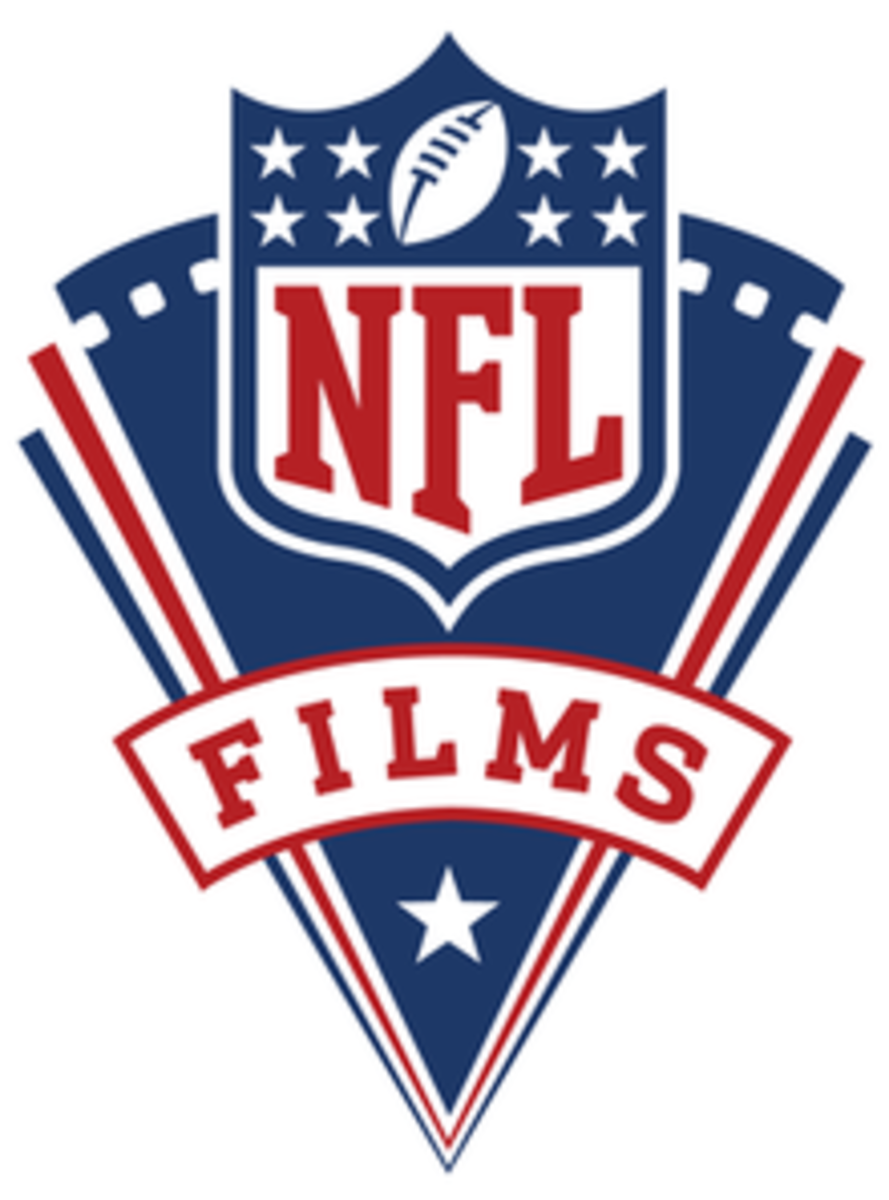- HubPages»
- Sports and Recreation»
- Team Sports»
- American Football»
- NFL Football
The Greatest Game Ever Played
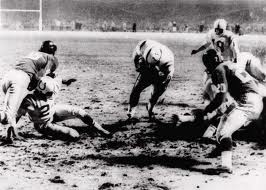
Football was very different in the 1950s from the game we know today. The times were different, the technology was different, and the fundamentals of the game were different. The National Football League was headquartered in suburban Philadelphia for a very good reason: that’s where the commissioner, Bert Bell, lived. The league was more popular than college football in the cities where they had teams, but that was only thirteen cities. The NFL only played on Sundays in the 1950s and they only played a 12-game schedule. The games were televised but, by the standards of today, the coverage was subpar and close to unwatchable. Today it is arguable whether it is better to see a game in person or on television, in the 1950s there was no question the live product was superior.
The game looked different. The goalposts were an ‘H’ and on the goal line. All of the stadiums were outdoor stadiums with real grass. Many of the stadiums were dual use so a portion of the field would be the dirt infield from baseball. Safety had progressed to the point of face masks, but not everyone wore them. The helmets that did have face masks were for the most part single or double bar. There were no cages as we think of them today. There were no names on uniforms. Punters and place kickers often times were position players. Place kickers were straight-ahead kickers. The players were different. Most of them were hard-drinking, fun-loving rowdies, many of them veterans of World War II and Korea. There was no instant replay. Coaches weren’t throwing red hankies on the field; there was no reviewing of calls. There were no games played in January, much less February.
The game itself was different. The average weight of the linemen involved in the championship game was 243 pounds. The 4-3 defense was a new idea developed by Tom Landry, the Giants defensive coach. The ‘T’ formation was still evolving into the spread offense. It was the beginning of the decade when Rams coach Clark Shaughnessy had created the position of wide receiver by splitting Elroy (Crazy Legs) Hirsch seven yards wide of his teammates so he could concentrate on running pass patterns. They used a fullback. They ran the ball. They ran the ball more than they passed. They hit each other and they glorified it. Receivers got mugged and caught the ball in their bare hands. At many stadiums the time clock had hands; try reading one of those today. There was no play clock. The average player salary was $10,000 per season, the stars made $15,000 - $20,000. Players had off season jobs, no one expected to make enough money to take care of their families for the rest of their lives. The NFL was Alice and this game would be the looking glass. Just like Alice, the NFL was about to go through to the other side.
1958 Season
The Baltimore Colts won the Western Conference handily with a 9-3 record. Conversely, the New York Giants had chased the Cleveland Browns all season. They met on the last day of the season and the Eastern Conference standings ended in a tie when Pat Summerall kicked a 49-yard game winning field goal through a snow storm with two minutes to play. The following week the Giants won the play-off game with the Browns, 10-0, sending them to the NFL Championship game. The Colts were the best offensive team in football and led the league in scoring; the Giants led the league in team defense allowing the fewest points. It was a highly anticipated match-up.
The Colts flew to New York on Saturday morning, December 27. They landed at LaGuardiaAirport and boarded a bus that took them across the Triborough Bridge into Manhattan and then up to the Concourse Plaza Hotel at 161st Street in the Bronx. It’s 1958, there is no neutral site, there is no Giants Stadium, and the Meadowlands is still just North Jersey wetlands; this game will played in Yankee Stadium.
December 28, 1958
The morning of the game dawned crisp and cold and, by the end of the game, the field had refrozen as the sun set. The official attendance was listed at 64,185 with another 45 million either watching on television or listening on the radio. The official game program went for 50 cents and an upper box seat could be had for $10. Today a program in good condition is worth hundreds of dollars.
The Colts were favored by 3-1/2 points, mainly on the basis of Unitas’ arm. Twelve Hall of Fame players took the field that day: Raymond Berry, Artie Donovan, Gino Marchetti, Lenny Moore, Jim Parker, and John Unitas for the Colts; and, Roosevelt Brown, Frank Gifford, Sam Huff, Don Maynard, Andy Robustelli, and Emlen Tunnell for the Giants. Three Hall of Fame coaches were also on the sidelines: Weeb Ewbank, head coach of the Colts and Vince Lombardi and Tom Landry, coordinators with the Giants. As an aside, ten years later in another game of historical importance, Super Bowl III when the Jets beat the Colts, Unitas, Maynard and Ewbank would have significant roles.
The game itself actually contained its fair share of sloppiness. There were six lost fumbles, missed field goals, interceptions, and conservative play-calling. However, the game improved as it progressed. The Colts should have locked the game up in the third quarter, but they left the Giants off the hook. To the Giant’s credit, they came back and took the lead early in the fourth quarter, 16-13. It was back and forth from there until late in the fourth quarter. On third and four from the Giants 40 Gifford gained 3-yards on a cut back. On the play Marchetti broke his leg and, in the ensuing confusion and getting Marchetti off the field, the Giants believed the ball to have been spotted incorrectly. To this day, Gifford believes he made the first down. However, the Giants punted and the Colts got the ball back on their own 14-yard line.
As Unitas led the Colts onto the field the game was about to reach epic proportions. The first two plays were incomplete passes, one intended for Jim Mutscheller and the other for L.G. Dupre. Facing third and ten Unitas hit Lenny Moore over the middle for 11 yards and a first down. After an incompletion on first down, Berry caught a pass and took it for 25 yards. It was now first down on the fifty with 1:04 left in the game. The Colts were trailing by a field goal.
First and ten from the fifty Unitas hit Berry on the left sideline for 15. First and ten from the 35 and Unitas hit Berry on the left side for 22. First and ten from the 13 Steve Myhra, the Colts’ right outside linebacker and placekicker, kicked a 20-yard field goal with :07 left on the clock. The score was now 17-17. Don Maynard returned the Colts’ kickoff to the Giants 18 where Charlie Conerly ran a quarterback sneak for no gain and the fourth quarter ended.
No one really knew what would happen next; the NFL had never gone to overtime. Ties weren’t all that commonplace but they weren’t out of the realm of possibility either. Three games had ended in a tie during the 1958 season. Unitas was quoted later: “When the game ended in a tie, we were standing on the sidelines waiting to see what came next. All of a sudden, the officials came over and said, “Send the captain out. We’re going to flip a coin to see who will receive.’ That was the first we heard of the overtime period.”
The extension of the game allowed NBC to expand the broadcast into the large Sunday evening audience, increasing the number of people who witnessed the soon to be legendary ending. No matter how much wealth the NFL accumulates, they will never be able to buy the amount of publicity generated by the ensuing 8:15 of overtime, sudden death football.
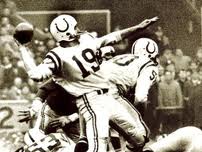
Sudden Death
The Giants won the coin toss and received the kick off. They were forced to punt after Conerly came up just short on a keeper on third down. Seizing the opportunity, Baltimore’s offense, with Unitas mixing runs and passes, methodically controlled the ball, twice completing third and long passes, and moved 80 yards on 13 plays. On second and goal from the Giant 7 Unitas hit Mutscheller on the right sideline for 6 yards. He was later asked why he risked throwing a pass in that situation and he replied, “They don’t get intercepted when you know what you’re doing.” He later amplified his remark and said he hung the ball out of bounds where only Mutscheller could get it. He said he actually had placed it too far to the outside and, after catching it, Mutscheller had fallen out of bounds instead of into the end zone.
It was now third and goal from the 1-yard line with the ball on the right hash mark. The Giants were sure the Colts would run to the left because, if they didn’t score, the ball would be in a better position for a field goal. Another difference between the games now and then is the hash marks were more widely spaced and, from that close, the angle would be quite severe from the hash. But, of course, Unitas often did things counterintuitively. He ran Alan Ameche right and the rest is history.
Aftermath
I don’t know what the MVP of the Super Bowl gets paid for declaring he is going to Disney World, but Unitas was offered $750 for appearances that night and the next morning on network TV shows. He turned them down to return to Baltimore with the team and Ameche took his place.
The NFL had caught the attention of the American public. Most teams were struggling to make a profit and advertising was relegated essentially to razor blades and beer. The league had spent its entire existence in the shadow of major league baseball. All of that was about to change.
Artie Donovan was the Colts defensive tackle and his parents lived in Brooklyn. When he returned home the day after the game, proud of his accomplishment and with the winner’s share in his pocket, $4,718.77, he was confronted by an old neighborhood acquaintance who spotted him outside of a grocery store. “Artie, you bum…you out of work again?”
While Donovan’s acquaintance might not have realized the significance of the previous day’s event, a lot of others did. This game not only advanced the NFL to the sports forefront in the nation, but established Unitas as a heroic figure. The modern position of quarterback was born on that late December afternoon. When asked what it was like to play with Unitas, Hall of Fame tight end John Mackey said, “It’s like being in the huddle with God.” At the time of his death, renowned author David Halberstam had just started a project on the 1958 championship game. He died as a result of injuries suffered in a car accident on the way to his first interview at the start of his research with Y.A. Title.
How many people at the time realized they had just seen the most legendary game in the history of football? Red Smith’s column the next day in the New York Herald Tribune wasn’t about the game but rather dealt with the firing of Notre Dame football coach Terry Brennan. Chris Schenkel called the game for NBC. In the locker room after the game, he called it the greatest game ever played. Frank Gifford was crestfallen; he had fumbled twice and failed on the third and four that would have iced the game. He received a letter from Vice-President Nixon, a letter written by Nixon just moments after the game’s end in which he called it “that fabulous play-off game.”
Tim Mara died a little more than a month following the game, but could already see the upward move in season ticket sales. Renewals were coming in at a faster pace than ever before and this was before the Giants’ sales pitch had begun. Later that year Time Magazine would put Giant linebacker Sam Huff on the cover with the blurb, “Pro Football: Brawn, Brains & Profits.”
After the game the commissioner, Bert Bell, walked through the press box exclaiming, “I never thought I’d live to see this day!” The NFL was still unsophisticated and often it would be Bell who would answer the phone when you called the NFL. When Bell passed away in 1959 and was succeeded by the little-known Rams general manager Pete Rozelle, Rozelle’s first act as commissioner was to move the NFL offices out of suburban Philadelphia and into midtown Manhattan.
Lamar Hunt realized the importance of the game he had just seen. He was in Houston for the Southwest Conference Holiday Basketball Tournament, but he delayed his trip to the arena to catch the game in his hotel room. At the time he was weighing the pros and cons of investing in a baseball or football team. Watching that game his thoughts crystallized. As far as he was concerned football had everything and it televised well, though no one suspected what that might eventually mean. Hunt went on to found the American Football League and by the beginning of the 1960 season there were now twenty-one professional football franchises. The war between the NFL and AFL was on; and football would never be the same again.
Eventually they turned the lights out at Yankee Stadium on December 28, 1958, but the lights have never gone out on that game.
